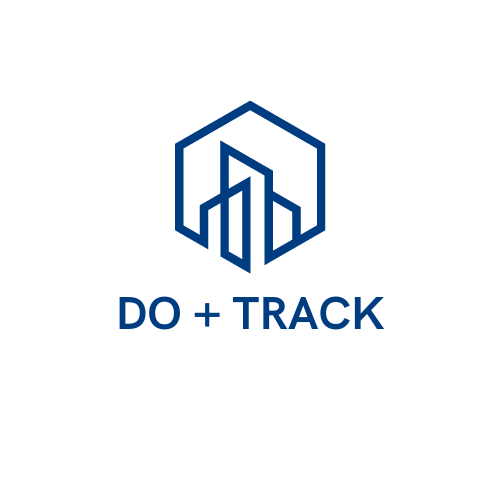Tips for Managing Compliance
Construction project managers are responsible for ensuring that construction projects adhere to regulatory requirements and industry standards. With compliance being a significant aspect of their responsibilities, it's important for construction managers to have a solid understanding of compliance practices and implement them effectively. In this blog post, we'll explore some essential tips for construction managers overseeing compliance to help them navigate this critical aspect of their role.
Stay Updated with Regulations and Codes
Regulations and building codes are constantly evolving, so it's vital for construction managers to stay up to date with the latest changes. Regularly review local, state, and federal regulations related to construction, safety, environmental concerns, and employment practices. Join industry associations, attend seminars or workshops, and follow reputable sources of information to ensure you are aware of any new compliance requirements.
Develop a Comprehensive Compliance Plan
Create a detailed compliance plan that outlines the specific regulations and codes relevant to your project. This plan should include the steps and procedures necessary to ensure compliance throughout the construction process. Assign responsibilities to team members, establish clear communication channels, and set up a system for tracking and documenting compliance activities.
Conduct Regular Compliance Training
Provide regular training sessions for your team to educate them about compliance requirements, safety protocols, and industry standards. Ensure that all employees, subcontractors, and vendors are aware of their responsibilities and obligations regarding compliance. This will help establish a culture of compliance and minimize the risk of violations or accidents.
Implement Quality Control and Inspections
Establish a robust quality control process that includes regular inspections at different stages of the construction project. These inspections should assess compliance with regulations, codes, and project specifications. Identify potential compliance issues early on and take corrective actions promptly to prevent delays, rework, or non-compliance penalties.
Document Everything
Maintain thorough documentation of all compliance-related activities, including permits, licenses, inspections, and training records. This documentation serves as evidence of your commitment to compliance and can be essential in case of audits or legal issues. Use digital tools and software to streamline documentation processes and ensure easy access and retrieval of information when needed.
Foster Communication and Collaboration
Effective communication and collaboration are crucial for successful compliance management. Encourage open dialogue among project stakeholders, subcontractors, and regulatory authorities. Establish a system for reporting potential compliance issues or safety concerns, and ensure that they are addressed promptly. Regularly communicate updates, changes, and reminders regarding compliance requirements to the entire project team.
Seek Professional Assistance if Needed
If you encounter complex compliance issues or find it challenging to navigate specific regulations, don't hesitate to seek professional assistance. Engage with consultants or legal experts with expertise in construction compliance to help you interpret regulations, assess risks, and develop strategies for compliance management.
Conclusion
Overseeing compliance in construction projects requires a proactive and detail-oriented approach. By staying updated with regulations, developing a comprehensive compliance plan, conducting regular training, implementing quality control measures, documenting activities, fostering communication, and seeking professional assistance when necessary, construction managers can effectively manage compliance and ensure the successful completion of projects while adhering to all applicable regulations and codes.



Contact Us
We will get back to you as soon as possible.
Please try again later.

All Rights Reserved | Do and Track